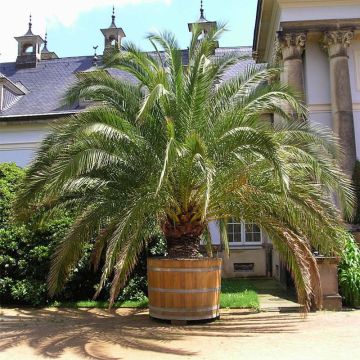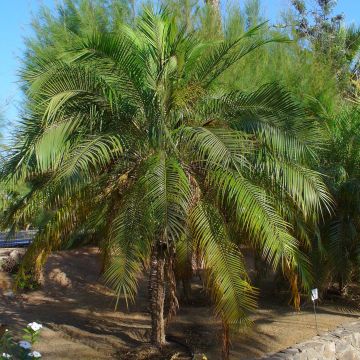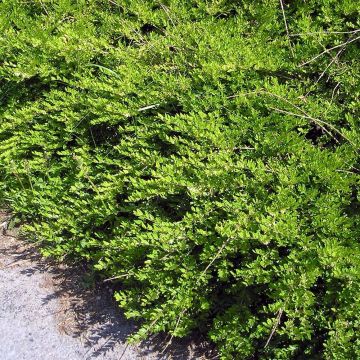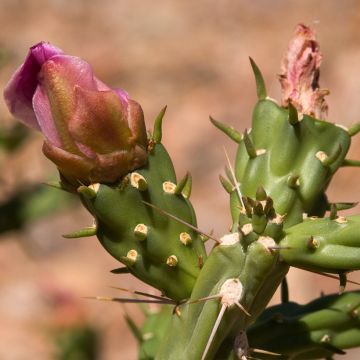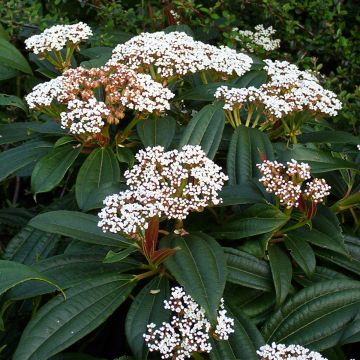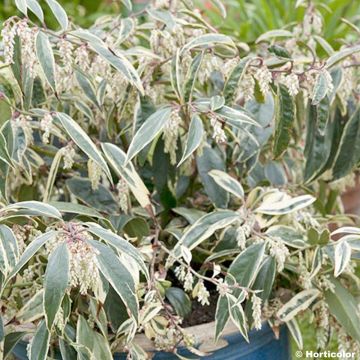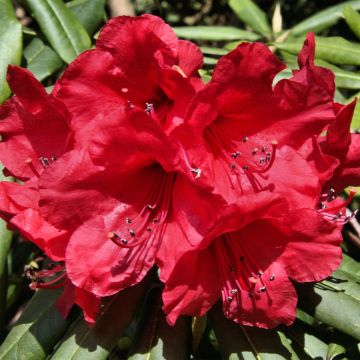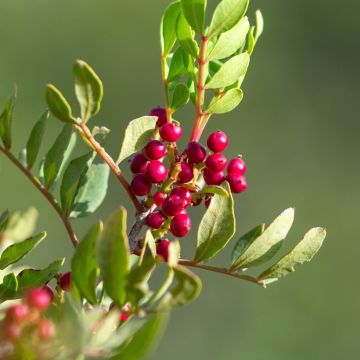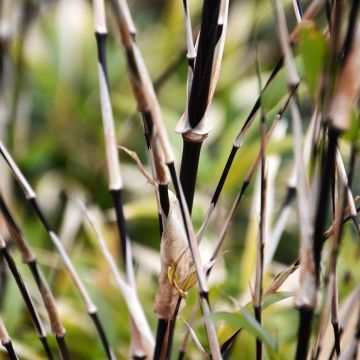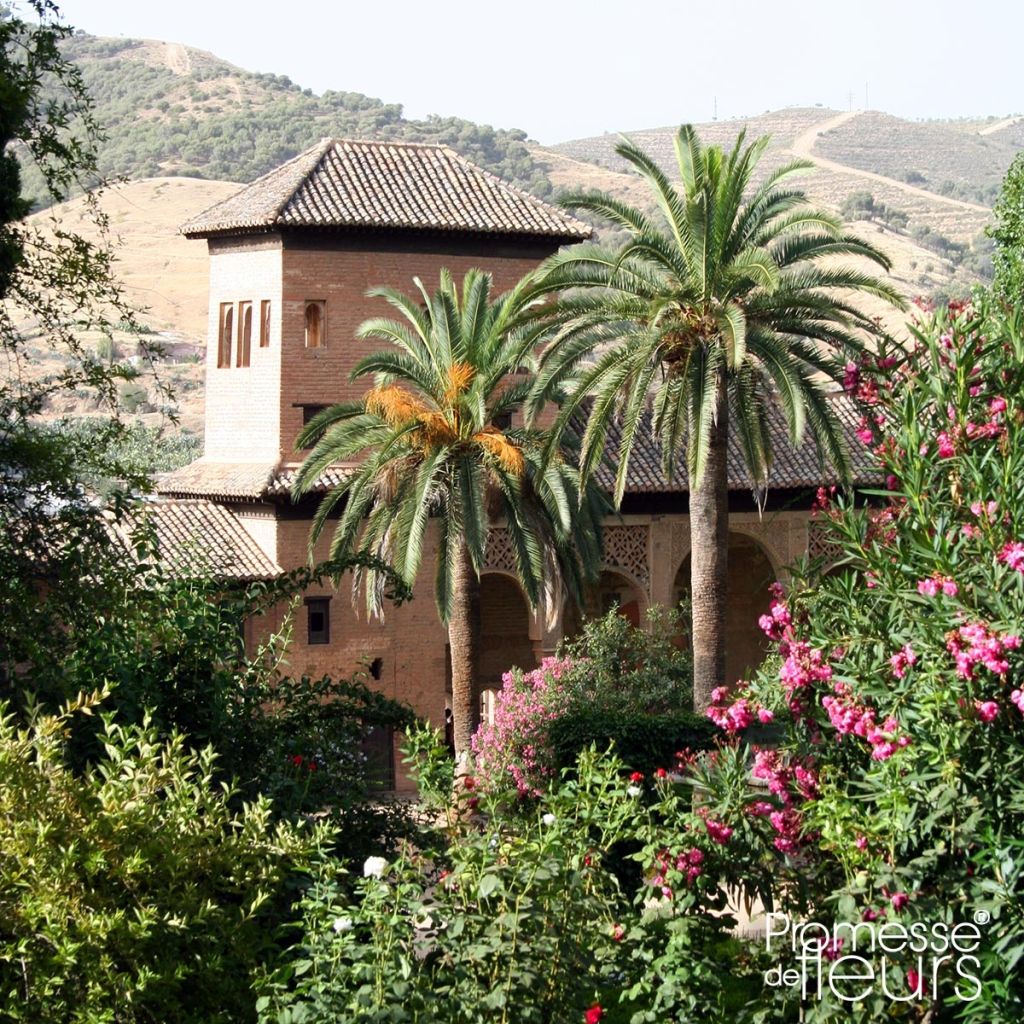

Phoenix dactylifera - Date Palm
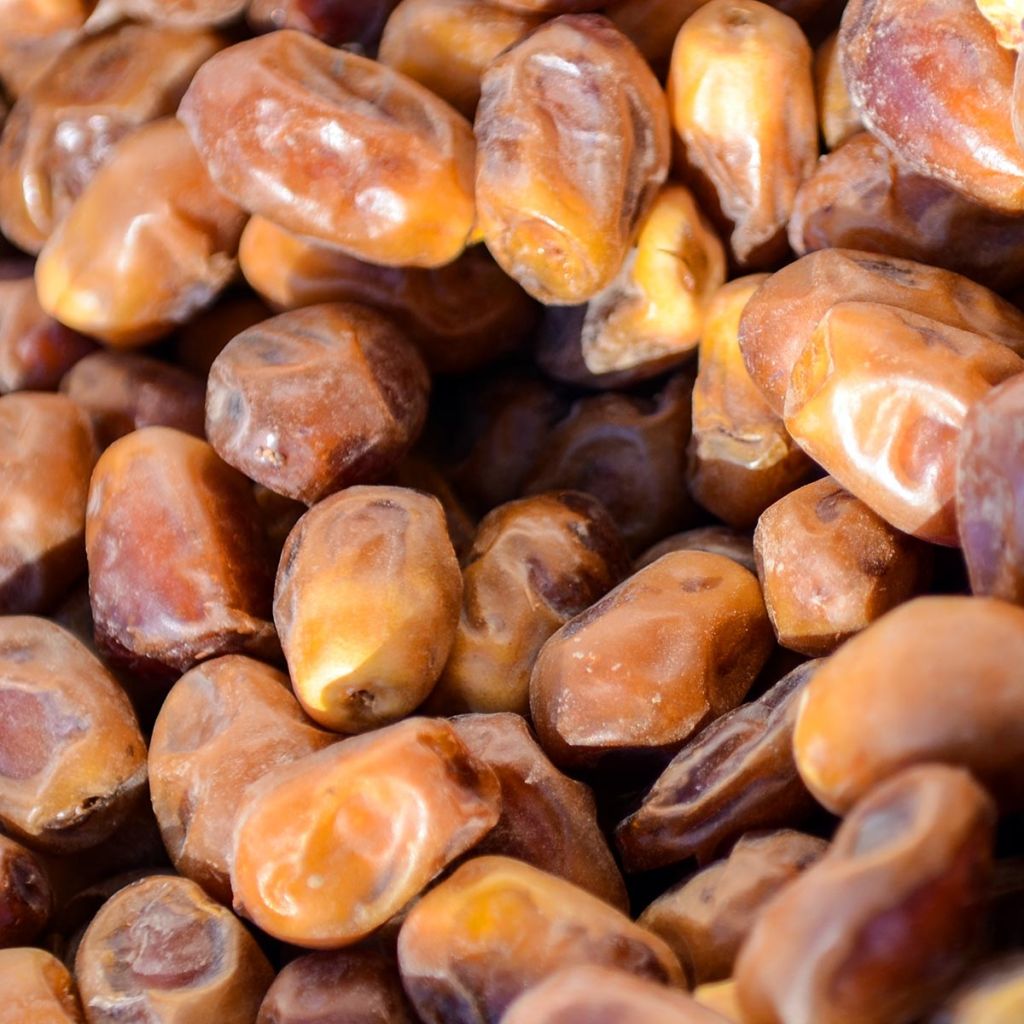

Phoenix dactylifera - Date Palm
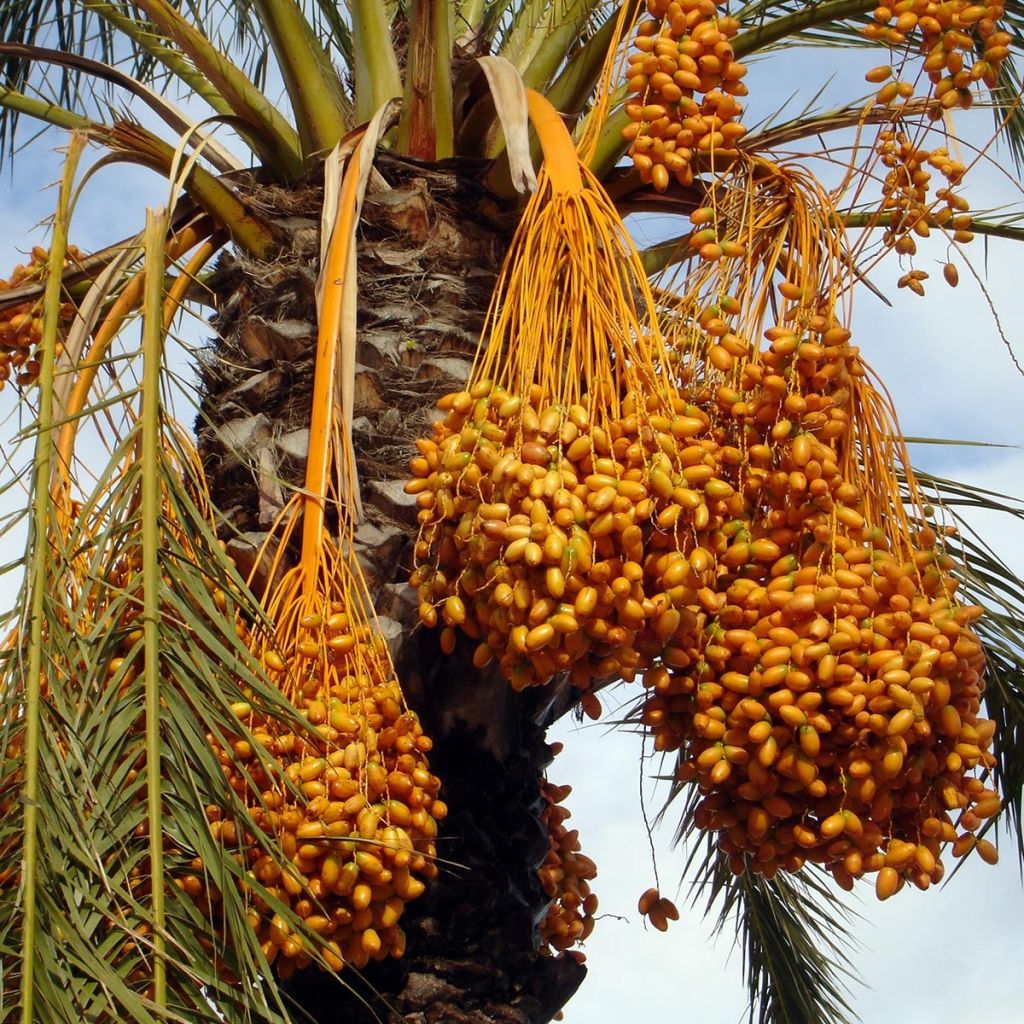

Phoenix dactylifera - Date Palm
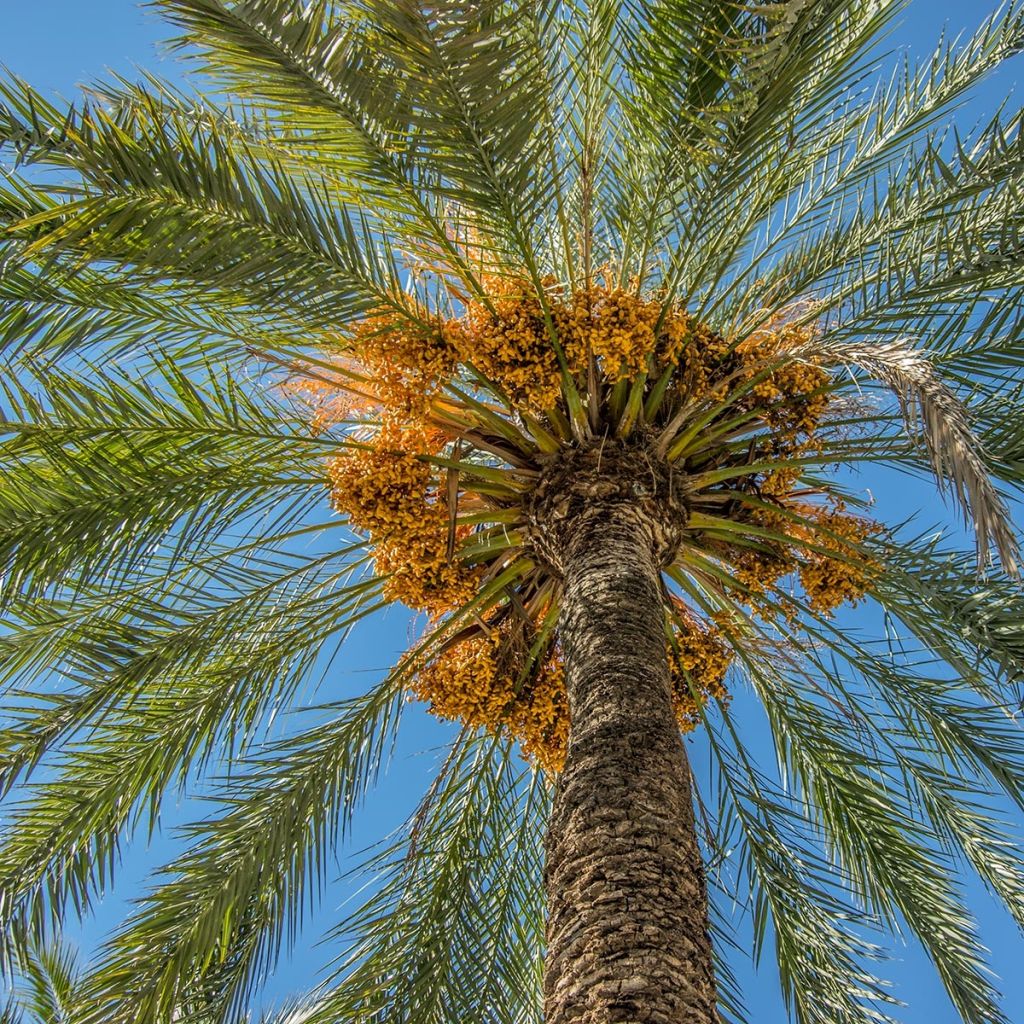

Phoenix dactylifera - Date Palm
Phoenix dactylifera - Date Palm
Phoenix dactylifera
Date Palm
Fast delivery and well packaged
Reynald, 10/02/2022
Why not try an alternative variety in stock?
View all →This plant carries a 24 months recovery warranty
More information
We guarantee the quality of our plants for a full growing cycle, and will replace at our expense any plant that fails to recover under normal climatic and planting conditions.
From €5.90 for pickup delivery and €6.90 for home delivery
Express home delivery from €8.90.
From €5.90 for pickup delivery and €6.90 for home delivery
Express home delivery from €8.90.
Delivery to Corse prohibited: UE law prohibits the import of this plant from mainland France to Corse as part of the fight against Xylella fastidiosa. Please accept our sincere apologies.
More information

Does this plant fit my garden?
Set up your Plantfit profile →
Description
The Phoenix dactylifera, better known as the date palm, has been cultivated for millennia in North Africa and the Middle East for date harvesting. With its exemplary sobriety, this Phoenix is also quite hardy, which allows it to be acclimated in many regions not for its fruits, which only form in very hot climates, but as an ornamental tree. It is recognized by its characteristic silhouette, composed of a long slightly curved "trunk" at the base, adorned with a beautiful braided pattern, topped with a crown of rather rigid palmate leaves, as well as its ability to sprout from the stump to form small clusters of trees.
The Phoenix dactylifera belongs to the large family of Arecaceae. It is probably native to a region that would correspond to present-day Iraq, but has long been cultivated for fruit production in the Arabian Peninsula and North Africa, the Middle East, and as far as India. This palm tree has been introduced to California and is now widely planted in Texas in the Las Vegas region and southwest Arizona. The date palm tolerates drought well, withstands cold temperatures down to -10°C (14°F), tolerates slightly acidic or alkaline soils, and salt spray. It does, however, require warmth and a deep, light, preferably sandy, and well-drained soil. In favorable climate and soil conditions, the plant can reach a height of 30m (98ft). In cultivation in our gardens, it will remain smaller in size. The growth of this palm tree is slow.
Unlike the Phoenix canariensis, which is more commonly planted in gardens, the Phoenix dactylifera is capable of forming multiple stems, or false trunks, from its base. Each stem is slender (up to 30cm (12in) in diameter), of a warm brown color, and covered with short fibers and a pattern of prominent diamonds, consisting of remnants of the cut petioles. This date palm also produces adventitious roots at the base of its stem, contributing to a notable widening. The root system is dense and highly developed, capable of reaching water at a depth of 6m (20ft).
At the top of each stem, the foliage develops, assembled into a fairly sparse crown. It consists of 30 to 50 leaves or palm fronds shaped like fish ribs, ranging in length from 4 to 7m (13 to 23ft). Persistent in winter, these leaves have an individual lifespan of 3 to 7 years. Each leaf is divided into 200 to 250 rigid pinnae, green-blue in color, irregularly arranged along the central vein. Flowering occurs in summer, on mature plants. The Phoenix dactylifera is a dioecious species, meaning that there are male and female plants. Only the female plants will bear dates in the presence of male plants. To produce quality fruits, the date palm requires a temperature of around 30°C (86°F), low atmospheric humidity, reduced rainfall, and deep, cool soil. Conditions that can be found in oasis areas in sub-desert zones. In less favourable conditions, it does not produce or produces very few and of mediocre quality dates. The female plants produce clusters of fleshy and sweet fruits that contain an elongated seed with a furrow.
The Phoenix dactylifera is a mythical palm tree that can be a magnificent feature in many gardens. As it requires space to express its beauty, this palm tree can be planted individually on a lawn or in rows in not too cold climates, both by the sea and inland. Extensively cultivated around the Mediterranean basin, it is increasingly popular among landscape professionals as well as amateur gardeners who appreciate exotic yet hardy plants, especially on the Atlantic coast where it also seems to thrive. It can sometimes be difficult to pair with other plants due to its strong personality; reserve a corner of a pool for it and plant small evergreen shrubs like bush sage, teucrium, simple and floriferous. Graphic, sober, and colorful phormiums, precise and geometric agaves, the almost metallic Astelia chathamica, the orange Hakonechloa macra Aureola in autumn, and the violet and delicate Verveine de Buenos Aires will accompany it in a bed that is both exotic and easy to maintain.
Report an error about the product description
Phoenix dactylifera - Date Palm in pictures
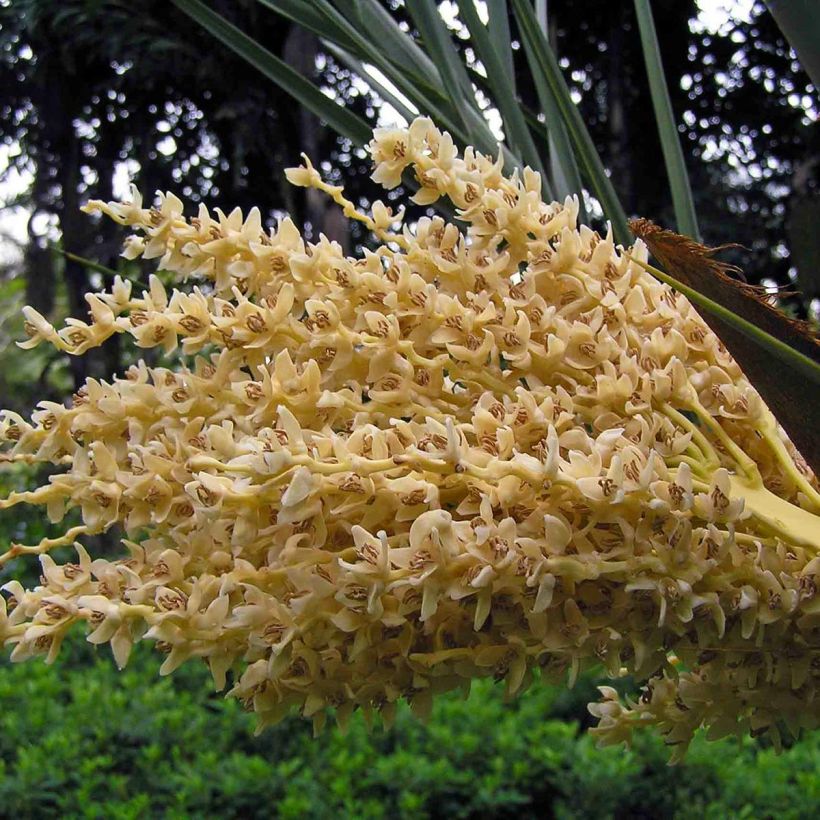

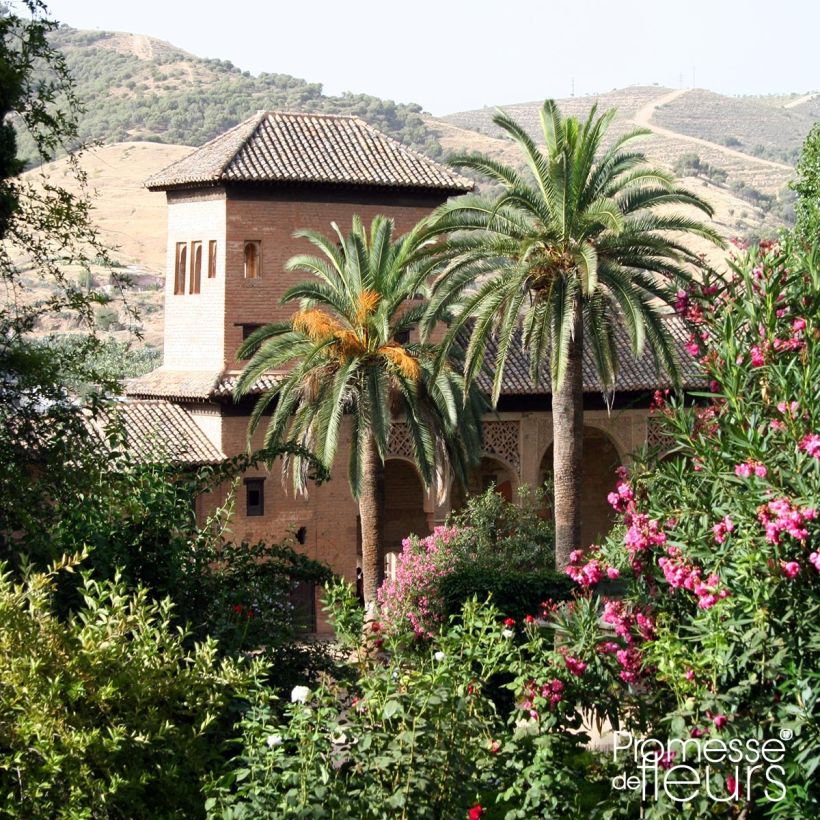

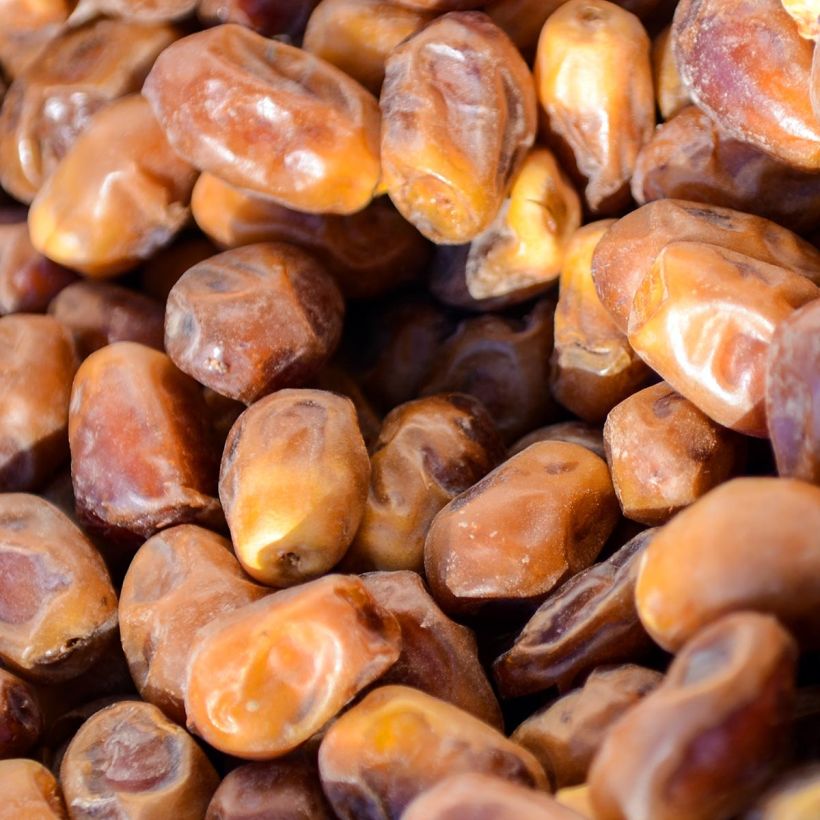

Plant habit
Flowering
Foliage
Botanical data
Phoenix
dactylifera
Arecaceae
Date Palm
Middle East
Other Phoenix
Planting and care
This date palm shows slow growth, but it will be slightly faster if regularly watered in a hot climate. It requires sun and warmth. Plant the Date Palm in open ground in mild climates, container cultivation is possible, but not very suitable for this species which sprouts from the stump and produces an extensive root system. The Phoenix dactylifera, capable of withstanding short freezes of around -10°C (14°F) in well-draining soil, must be protected in case of severe cold, by tying the crown of leaves tightly enough to protect the heart of the plant. Install it in the sun, in light soil, perfectly drained, ideally sandy or loamy, even poor and dry on the surface. It tolerates drought once established, if planted in deep soil. The ideal is to plant it in soil that retains little water; a mixture of coarse sand, compost, and garden soil. Install it in a sunny location and protect it from cold and dry winds. Water regularly for the first 3 years, especially if the summer is dry. Easy to grow, it requires little maintenance except for pruning the oldest fronds close to the stem.
In the PACA region, where they are often planted, as well as throughout the south of France and Spain, large palm trees are susceptible to parasites such as the widespread Paysandra archon, a large butterfly that thrives as far as England. Specific treatments are now available as a preventive measure. The red palm weevil (Rhynchophorus ferrugineus) has been present since 2006. The symptoms are as follows: cut, dried, or yellowing fronds. These pests attack numerous palm tree species, with a fatal outcome: the leaves irreversibly and completely dry out as soon as the heart of the stem harbors larvae.
Planting period
Intended location
Care
-
, onOrder confirmed
Reply from on Promesse de fleurs
Evergreen shrubs
Haven't found what you were looking for?
Hardiness is the lowest winter temperature a plant can endure without suffering serious damage or even dying. However, hardiness is affected by location (a sheltered area, such as a patio), protection (winter cover) and soil type (hardiness is improved by well-drained soil).

Photo Sharing Terms & Conditions
In order to encourage gardeners to interact and share their experiences, Promesse de fleurs offers various media enabling content to be uploaded onto its Site - in particular via the ‘Photo sharing’ module.
The User agrees to refrain from:
- Posting any content that is illegal, prejudicial, insulting, racist, inciteful to hatred, revisionist, contrary to public decency, that infringes on privacy or on the privacy rights of third parties, in particular the publicity rights of persons and goods, intellectual property rights, or the right to privacy.
- Submitting content on behalf of a third party;
- Impersonate the identity of a third party and/or publish any personal information about a third party;
In general, the User undertakes to refrain from any unethical behaviour.
All Content (in particular text, comments, files, images, photos, videos, creative works, etc.), which may be subject to property or intellectual property rights, image or other private rights, shall remain the property of the User, subject to the limited rights granted by the terms of the licence granted by Promesse de fleurs as stated below. Users are at liberty to publish or not to publish such Content on the Site, notably via the ‘Photo Sharing’ facility, and accept that this Content shall be made public and freely accessible, notably on the Internet.
Users further acknowledge, undertake to have ,and guarantee that they hold all necessary rights and permissions to publish such material on the Site, in particular with regard to the legislation in force pertaining to any privacy, property, intellectual property, image, or contractual rights, or rights of any other nature. By publishing such Content on the Site, Users acknowledge accepting full liability as publishers of the Content within the meaning of the law, and grant Promesse de fleurs, free of charge, an inclusive, worldwide licence for the said Content for the entire duration of its publication, including all reproduction, representation, up/downloading, displaying, performing, transmission, and storage rights.
Users also grant permission for their name to be linked to the Content and accept that this link may not always be made available.
By engaging in posting material, Users consent to their Content becoming automatically accessible on the Internet, in particular on other sites and/or blogs and/or web pages of the Promesse de fleurs site, including in particular social pages and the Promesse de fleurs catalogue.
Users may secure the removal of entrusted content free of charge by issuing a simple request via our contact form.
The flowering period indicated on our website applies to countries and regions located in USDA zone 8 (France, the United Kingdom, Ireland, the Netherlands, etc.)
It will vary according to where you live:
- In zones 9 to 10 (Italy, Spain, Greece, etc.), flowering will occur about 2 to 4 weeks earlier.
- In zones 6 to 7 (Germany, Poland, Slovenia, and lower mountainous regions), flowering will be delayed by 2 to 3 weeks.
- In zone 5 (Central Europe, Scandinavia), blooming will be delayed by 3 to 5 weeks.
In temperate climates, pruning of spring-flowering shrubs (forsythia, spireas, etc.) should be done just after flowering.
Pruning of summer-flowering shrubs (Indian Lilac, Perovskia, etc.) can be done in winter or spring.
In cold regions as well as with frost-sensitive plants, avoid pruning too early when severe frosts may still occur.
The planting period indicated on our website applies to countries and regions located in USDA zone 8 (France, United Kingdom, Ireland, Netherlands).
It will vary according to where you live:
- In Mediterranean zones (Marseille, Madrid, Milan, etc.), autumn and winter are the best planting periods.
- In continental zones (Strasbourg, Munich, Vienna, etc.), delay planting by 2 to 3 weeks in spring and bring it forward by 2 to 4 weeks in autumn.
- In mountainous regions (the Alps, Pyrenees, Carpathians, etc.), it is best to plant in late spring (May-June) or late summer (August-September).
The harvesting period indicated on our website applies to countries and regions in USDA zone 8 (France, England, Ireland, the Netherlands).
In colder areas (Scandinavia, Poland, Austria...) fruit and vegetable harvests are likely to be delayed by 3-4 weeks.
In warmer areas (Italy, Spain, Greece, etc.), harvesting will probably take place earlier, depending on weather conditions.
The sowing periods indicated on our website apply to countries and regions within USDA Zone 8 (France, UK, Ireland, Netherlands).
In colder areas (Scandinavia, Poland, Austria...), delay any outdoor sowing by 3-4 weeks, or sow under glass.
In warmer climes (Italy, Spain, Greece, etc.), bring outdoor sowing forward by a few weeks.

































